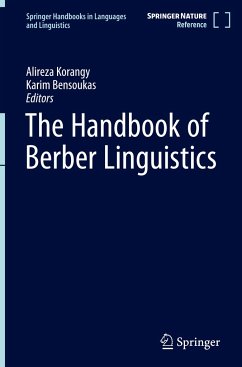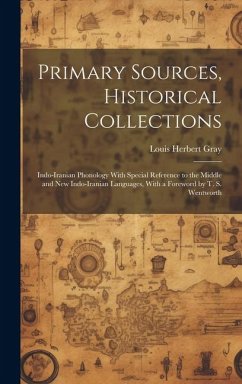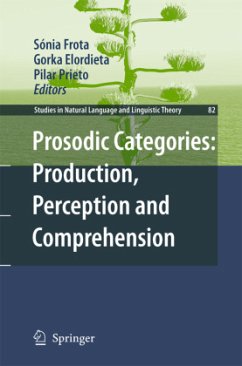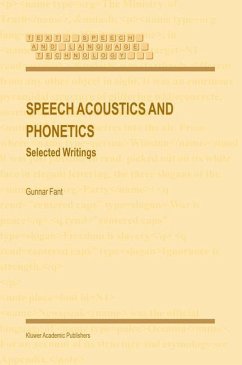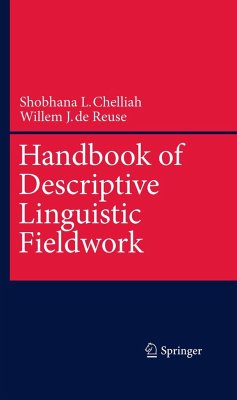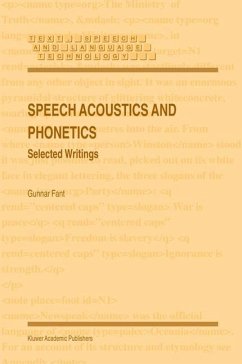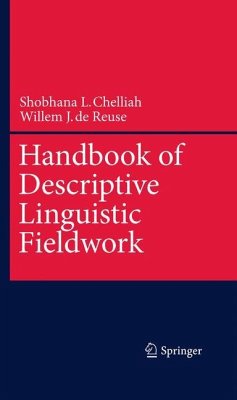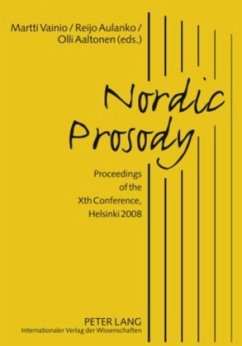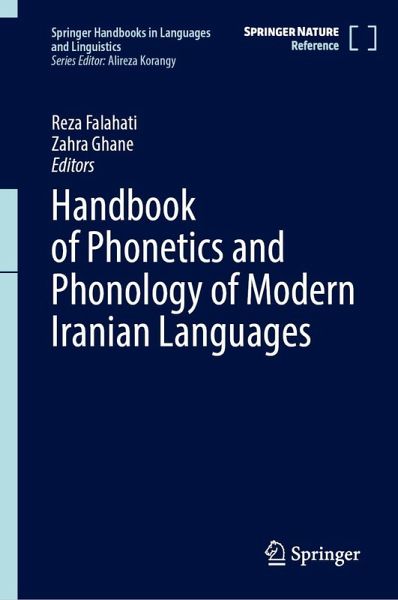
Handbook of Phonetics and Phonology of Modern Iranian Languages
Versandkostenfrei!
Erscheint vorauss. 2. Dezember 2025
226,99 €
inkl. MwSt.

PAYBACK Punkte
113 °P sammeln!
This handbook presents a comprehensive and up-to-date survey of phonetic and phonological research on Iranian languages and dialects. Iranian languages spoken by tens of millions across a wide geographical area extending from the Middle East to Central and South Asia, and diaspora communities exhibit considerable variation in phonetic detail and phonological structure. Bringing together leading scholars from around the world, this handbook provides original empirical findings, theoretical insights, and experimental results that explore various aspects of sound systems of Iranian languages and ...
This handbook presents a comprehensive and up-to-date survey of phonetic and phonological research on Iranian languages and dialects. Iranian languages spoken by tens of millions across a wide geographical area extending from the Middle East to Central and South Asia, and diaspora communities exhibit considerable variation in phonetic detail and phonological structure. Bringing together leading scholars from around the world, this handbook provides original empirical findings, theoretical insights, and experimental results that explore various aspects of sound systems of Iranian languages and dialects. Until now, much of the scholarly work on Iranian languages has focused on historical and comparative linguistics of Persian, or the pedagogical aspects of mainly Persian. This handbook takes as its central focus the systematic study of phonological processes and sound systems across a wide range of Iranian languages in order to highlight the unexplored phonetic and phonological details of contemporary Iranian languages. The book fills that critical gap, offering a thematic and typologically informed approach. The handbook also responds to a growing demand for interdisciplinary work. Contributions bridge traditional phonological theory with applied domains such as first / second language acquisition, speech therapy, and poetic meter. It serves multiple audiences that include theoretical linguists, speech clinicians, language educators, and typologists interested in the sound systems of Iranian languages and dialects. In doing so, this book stimulates future research, promotes cross-linguistic comparison, and fosters greater attention to the sound systems of Iranian languages in academic, clinical, and educational settings.




